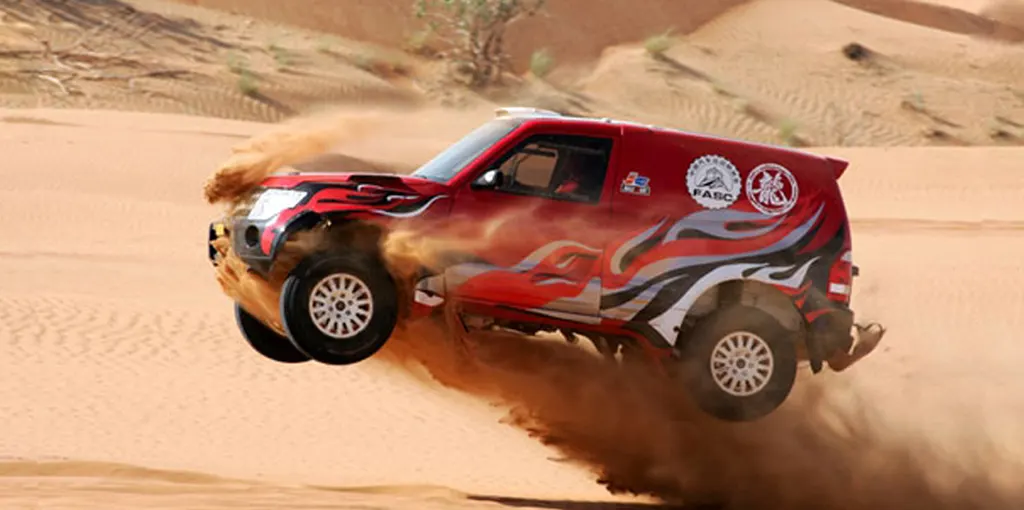When it comes to Mitsubishi, people familiar with it all know that it is also a car brand famous for rallying events. Although in recent years, Mitsubishi’s state is not as hot as before, but with rich experience and technology, the brand’s model still has its own place. When it comes to events, you have to think of RALLIART, a brand (Department) owned by Mitsubishi that exclusively creates automobile sports performance. Let’s take a look at the development process of this brand born in rallying games.

 RALLIART is the official modification department of the Mitsubishi Motors brand exclusively to build rally cars and off-road racing vehicles and high-performance mass production vehicles. The company was founded in April 1984 by Andrew Cowan and Doug Stewart in Tokyo, Japan. The executive director is Masao Taguchi. After years of development, RALLIART has established branches in many countries around the world. Until March 2010, RALLIART announced that due to economic reasons, Mitsubishi will close the business of this department and stop developing.
RALLIART is the official modification department of the Mitsubishi Motors brand exclusively to build rally cars and off-road racing vehicles and high-performance mass production vehicles. The company was founded in April 1984 by Andrew Cowan and Doug Stewart in Tokyo, Japan. The executive director is Masao Taguchi. After years of development, RALLIART has established branches in many countries around the world. Until March 2010, RALLIART announced that due to economic reasons, Mitsubishi will close the business of this department and stop developing.

In 1972, Andrew Cowan won the first international championship for Mitsubishi in the Southern Cross Rally in Australia. At that time, he was driving a Galant GS car built with the first generation of Mitsubishi Galant, so 1972 was a very special year for Mitsubishi. After many years of racing experience, Andrew Cowan transformed his Andrew Cowan Motorsports (ACMS, Andrew Cowan Motorsports) and Mitsubishi into RALLIART Europe (the predecessor of RALLIART). The following year, RALLIART headquarters was officially established.

In 1988, Doug Stewart, one of the founders of RALLIART, who had been working with Mitsubishi engineers in Japan in the early years, obtained permission from Mitsubishi to set up the Australia division of RALLIART in Australia. Since then, RALLIART began to fight for the World Rally Championship (WRC). However, before this, Ralliart has used the first generation of Mitsubishi Pajero to participate in the Dakar Rally.

The Dakar Rally (formerly known as Paris-Dakar Rally) was founded in 1979. At first, the event was from Paris, France to Dakar, Senegal. Later, due to security reasons (war), the venue was changed to South America in 2009. The difference between the Dakar Rally and the World Automobile Rally Championship (WRC) is that anyone can participate in the event, and the whole competition will pass through dunes, muddy, rocks and other harsh areas. The distance of each stage is about 800 kilometers. Racers and vehicles have to pass a very severe test.

Pajero can be said to be a “soul” model in Mitsubishi Motors, its strong off-road mobility is the characteristics of the car. In 1982, the first Pajero was launched. The following year, Mitsubishi used this car to participate in the Dakar Rally, but due to the lack of experience and technology at that time, it did not get any good results. It was not until 1985 after the establishment of RALLIART that the team won the Dakar Rally Championship for the first time.
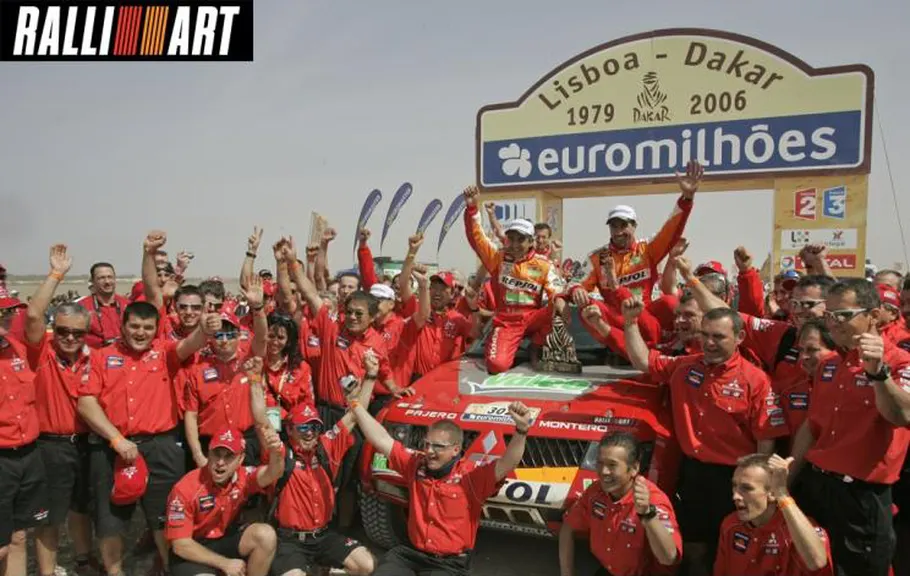
In 1992, Dakar race set the terminal point in Cape Town, South Africa’s second largest city, and Mitsubishi team won two consecutive championships after the start of this year’s event. But in the three seasons from 1994 to 1996, Citroen fought back and won for three consecutive years. However, due to the Mitsubishi Ralliart team rigorously upgraded the Pajero car for competition, it finally won the championship in 1997 and 1998. And in the last seven years from 2001 to 2007, it won all the championship in the competition.
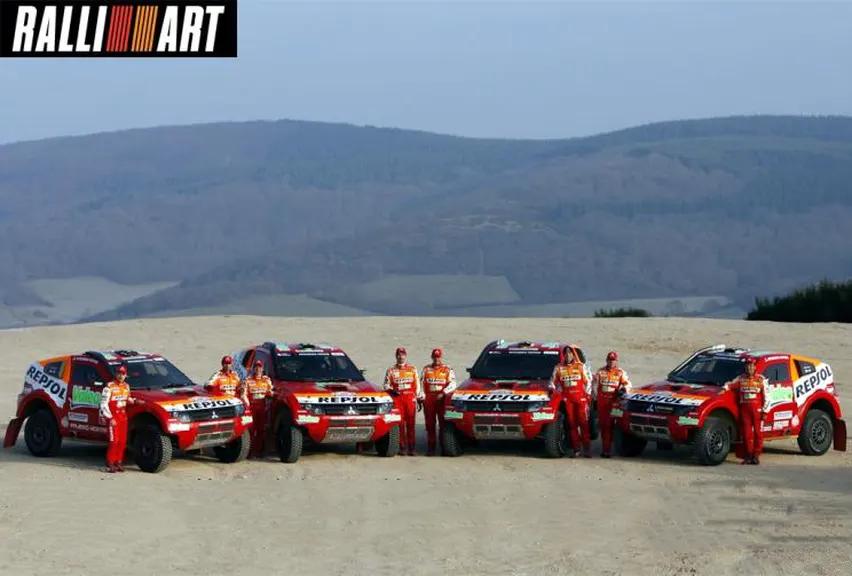
In 2008, the terrorist events in Dakar caused great threat to the whole competition, so the sponsors had to terminate the competition of this year. At the beginning of 2009, the host moved the venue of the competition to a safer and equally exciting South America region. At that time, Mitsubishi withdrew from the competition for internal financial reasons. Mitsubishi Ralliart has created its own value in this great rally event full of life-threatening, and its strength has surpassed many large automobile factories in the world.

In 1989, the Mitsubishi Ralliart Team officially participated in the World Rally Championship (WRC). At that time, Ralliart built the sixth generation of Mitsubishi’s Galant VR-4RS car. Based on the previous experience in other rally events, the Mitsubishi team won six championships between 1989 and 1992 (two championships in 1989 and 1991 respectively). At that time, the Ralliart Galant racing car was a good start for Mitsubishi’s initial entry into the WRC race, which raised the morale of the whole RALLIART team.

Although the Galant VR-4RS racing car is equipped with a Mitsubishi high-performance 2.0L turbocharged engine and equipped with a powerful four-wheel drive system, after many years of competition, in 1992, Mitsubishi itself and other competitors have found that the Galant car is not able to play its best state in the competition due to its large body size. At this time, other manufacturers have also replaced their WRC cars one after another. It can be said that this stage is a huge turning point for all participating car manufacturers.
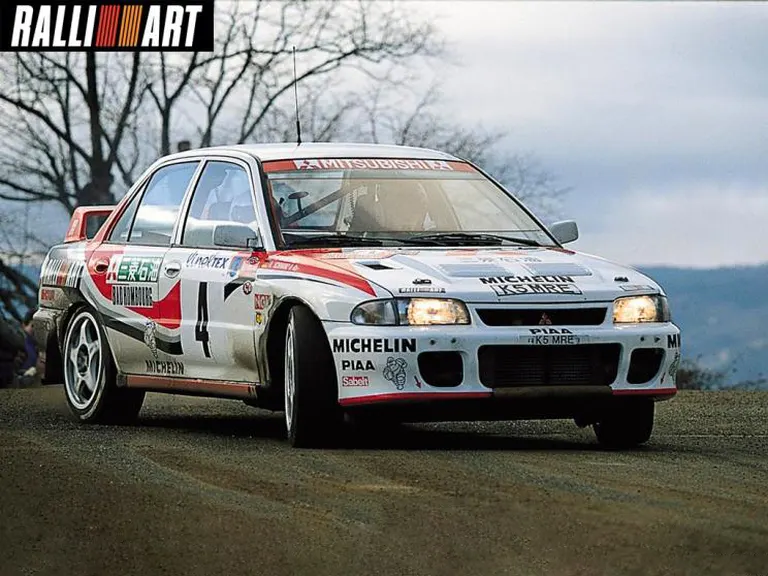
When the rival Subaru team replaced the Legacy racing car with the Impreza racing car specially designed for WRC, Mitsubishi matched the mature power assembly and four-wheel drive system of the Galant racing car to Lancer, and derived the famous Lancer Evolution Model. Since then, the two models that specially for rally events have opened their way to battle, both on the field and among the people.
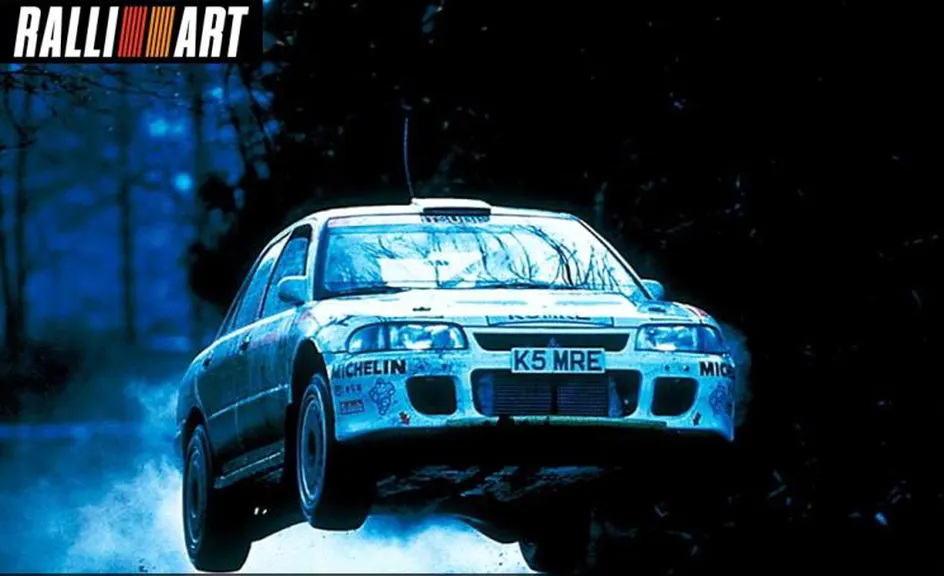
Mitsubishi RALLIART officially introduced Lancer Evolution as a WRC car in 1993 season, and the Subaru team that just switched to Impreza racing car was also in the ascendant. At that time, Mitsubishi RALLIART team was less popular than Subaru team. It was only at the beginning of the 1994 season that it won the first championship.

In 1994, the famous Finnish driver Tommi Makinen won the championship in the Finland Thousand Lakes Rally. Then he signed a contract with Mitsubishi RALLIART team. Tommy Makinin was born in Puuppola, Finland in 1964. He is one of the most successful drivers in the history of the World Rally Championship. He won the title of champion driver for four consecutive years from 1996 to 1999. Among them, in 1998, The Mitsubishi RALLIART team led by him won the team championship of the year. After retiring in 2003, Tommi Makinen is still paying attention to the WRC race at any time, and founded the rally racing school in his hometown Finland to train more rally drivers.

Speaking of this, I have to mention the grudges between Mitsubishi ralliart team and Subaru STI team. Two automobile manufacturers from Japan, have entered the World Rally Championship almost at the same time. At the same time, they have created their own Mitsubishi Lancer Evolution and Subaru Impreza WRX STI for this event, these two cars have the same level of body size, the same engine displacement, and even a powerful all-time four-wheel drive system.

Mitsubishi and Subaru not only battle drastically on the field, but also compete with each other in mass production vehicles. Mitsubishi EVO has developed 10 generations of models on four generation platform, and so is the Subaru WRX STI. After so many years of hostile relations, it is always said that the existence of Impreza is indispensable where there is an EVO. However, when Mitsubishi announced that it would not launch an EVO model in 2015, the fans all over the world felt so sorry. Although both manufacturers no longer compete in WRC, all the fans also lamented that even if the best Subaru WRX STI was launched on the day when there was no Mitsubishi EVO is no longer interesting.
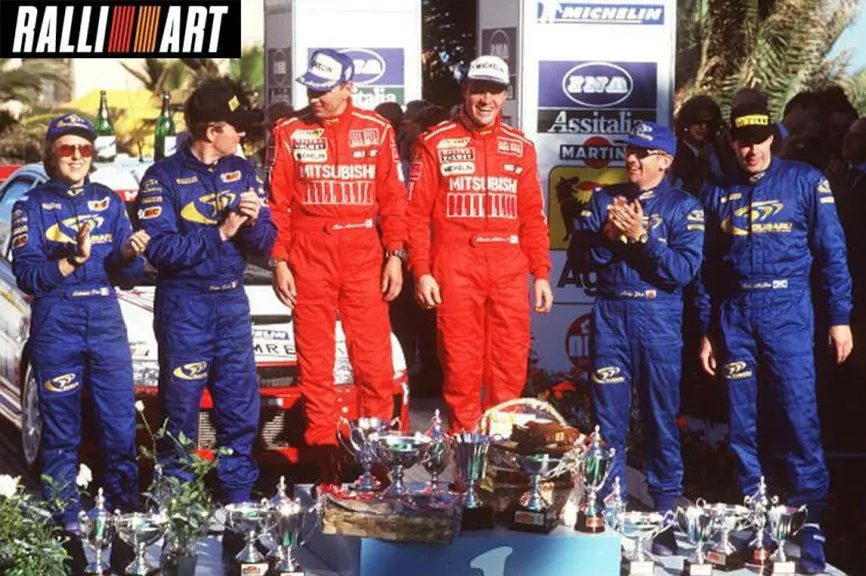
Fans all know that Colin McRae, the soul of Subaru Rally Team, won three championships for Subaru in the WRC in the 1990s. The Mitsubishi team also has the great Tommi Makinen as the pillar of the team. Although only won the team championship once for Mitsubishi, the four-time driver championship he won is definitely not to be underestimated. Between these two manufacturers, Mitsubishi RALLIART has also competed for the Dakar Rally, which can be said to have more harsh environmental experience.
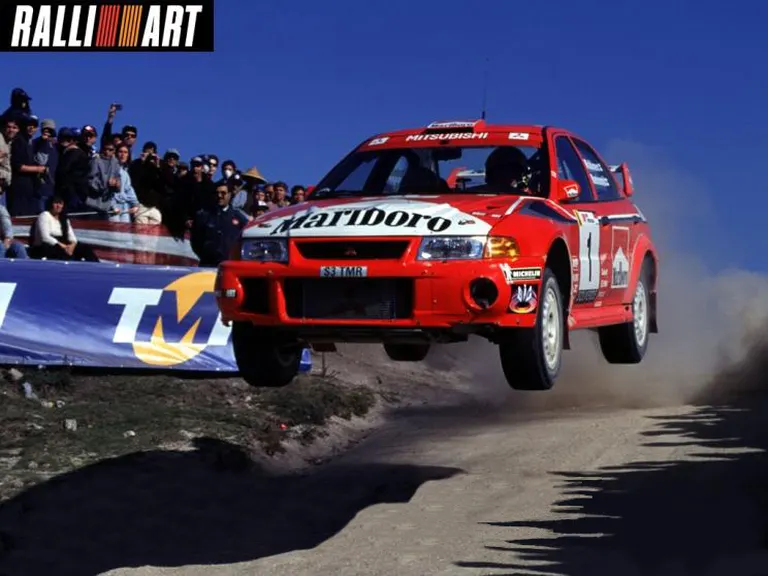
In 1999, the last year that Tommi Makinen won the championship driver, it happened that Mitsubishi launched the sixth generation EVO (CP9A platform). At this time, the United States Marlboro Cigarettes, which participated in various automobile and motorcycle events for many years, sponsored the Mitsubishi RALLIART team, the entire team adorned the classic red and white colors to welcome this glorious season.
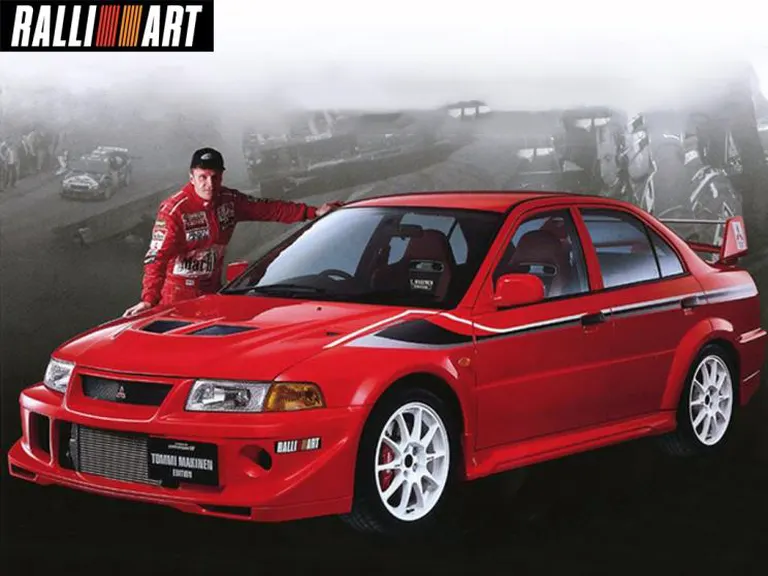
In the same way as Subaru, in order to commemorate the great achievements of Tommi Makinen, Mitsubishi Ralliart launched a Tommi Makinen version EVO based on the sixth generation model of the second generation CP9A platform of Lancer Evolution in 2000, which is often referred to as the six and a half version or TME version. In terms of appearance, the car has replaced the front bumper with better aerodynamics, the red and black Recaro seats are embroidered with Tommi Makinen’s logo, MOMO leather steering wheel and handlebars, 17 inch Enkei forged wheel rim, and the lower ground clearance of the body. In order to have a faster reaction speed of the engine, the engineer used titanium alloy turbine blades and readjusted the steering ratio and other exclusive creations. Like the Subaru 22B STI, it not only has special significance, but also surpasses the ordinary version in performance.
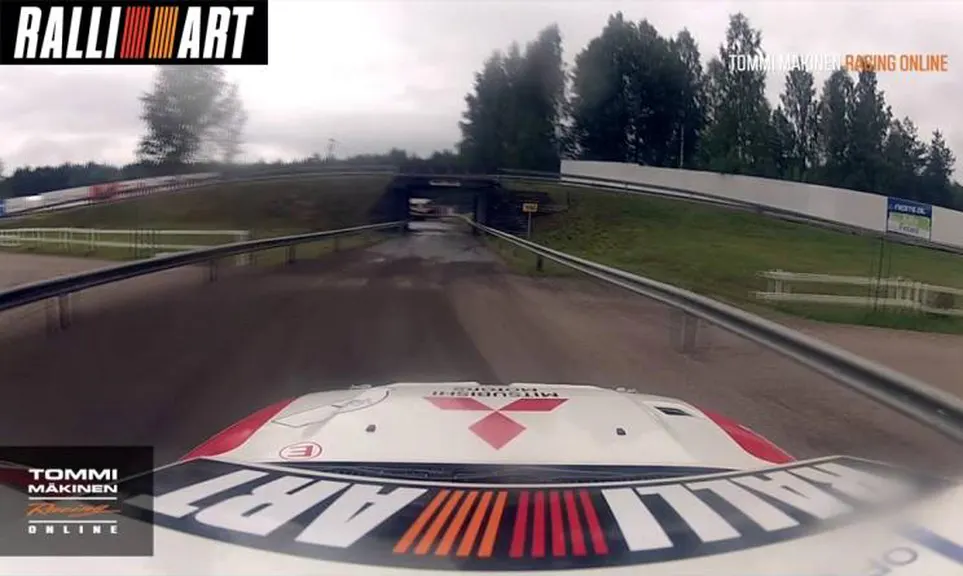
In the 2001 WRC race, Tommi Makinen drove a Lancer Evolution car on a mountain road and suffered a serious accident. The pilot, Risto, who had worked with him for many years, was seriously injured in the back. After that, Makinen missed the chance to win the championship after replacing the new pilot. Then in 2002, Tommy Makinen left Mitsubishi Ralliart team to join Subaru rally team.

Just after Tommi Makinen left, the Mitsubishi Ralliart team continued to be active in the WRC event until 2007, but without the previous brilliant achievements, it is far less than the performance of RALLIART Dakar Rally Team. Fortunately, Ralliart has gained a lot of experience and technology for Mitsubishi through these two hardest competitions, so as to build a better civilian car.
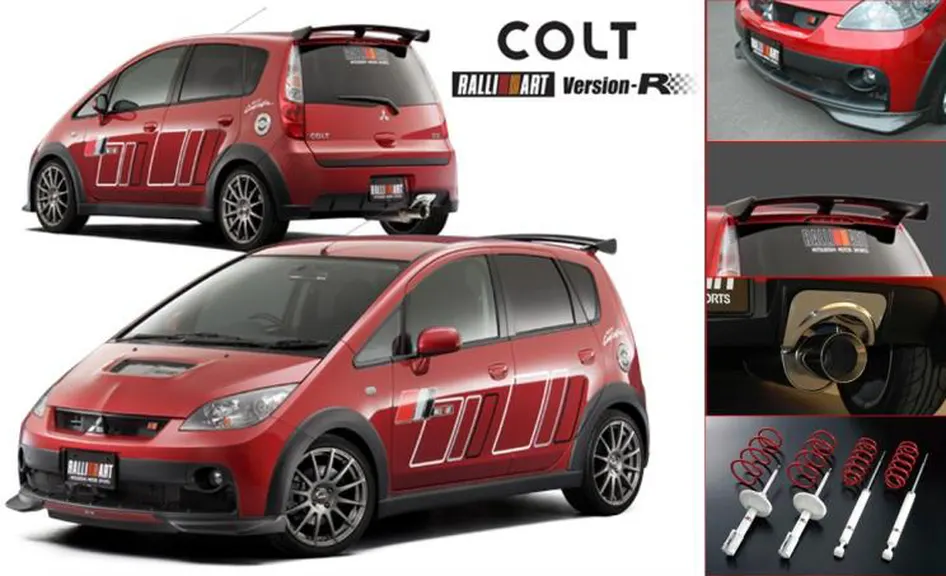
The most famous version of COLT is the COLT RALLIART Version-R high-performance version launched by RALLIART in 2006. The power system is equipped with a Mitsubishi code 4G15 1.5L MIVEC turbocharged engine with a maximum power of 152 horsepower and a peak torque of 210 Nm. RALLIART developed two versions of sports and track for COLT, re-installed high-performance components such as shock absorbers, wheel rims, brake pads, exhaust,etc. The interior part has increased three monitor instruments– oil temperature, oil pressure and turbine pressure value. It also install RALLIART exclusive RECARO racing seats. The exterior is equipped with new aerodynamic kits such as front lip and rear spoiler. After being built by RALLIART, this COLT can be directly played in the competition, but unfortunately it is only sold in Japan and a few countries.
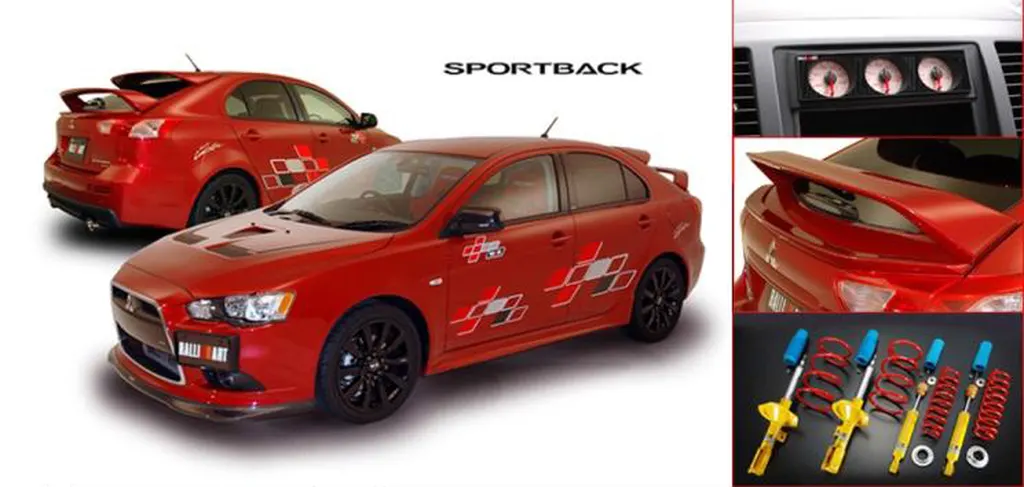
Mitsubishi Lancer believes that everyone is no stranger to this car, but the Sportback version of the ninth-generation model (Shark Face), which is commonly known as the hatchback model, is not listed in China. Lancer Sportback has a strong sports gene. Naturally, Ralliart will not let it go. As can be seen on the Lancer Sportback RALLIART version, Bilstein shock absorbers are equipped with RALLIART springs, RALLIART high-performance brake pads, RALLIART intake and exhaust pipes, RALLIART high-quality oil caps, high-pressure water tank caps and other reinforcing components. The interior also has racing instruments and seats. The exterior part adds a new front lip, rear spoiler and some RALLIART decorative parts.
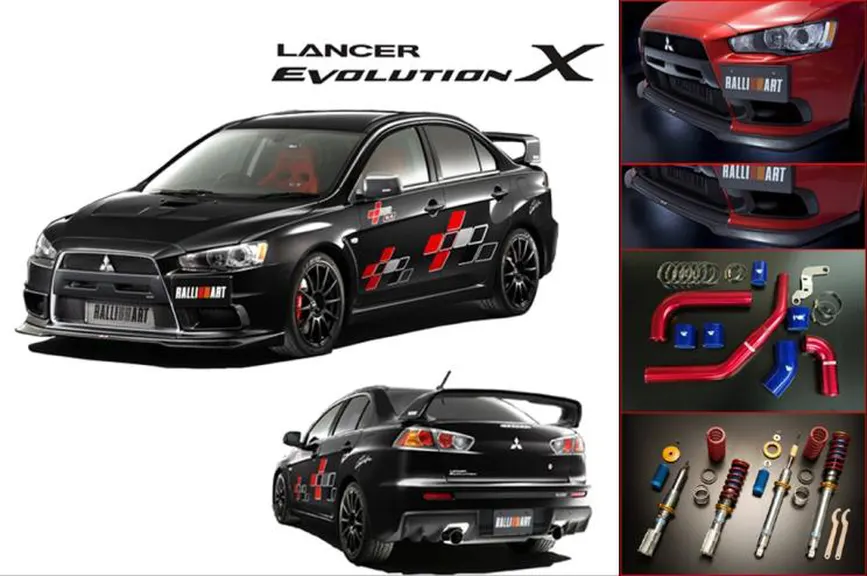
When RALLIART built the Mitsubishi Lancer Evolution X, there were also two versions: sports and track. The chassis part uses a combination of German Bilstein shock absorbers and Eibach springs. After strict testing and adjustment, the vehicle’s handling performance is excellent. In terms of power, the intake line and exhaust system have been updated, and RALLIART strengthened the ground wire to stabilize the vehicle circuit system. The interior part also uses exclusive racing seats, instruments and shift level heads. The appearance is optimized for a better aerodynamic kit, and is equipped with a special RALLIART logo on many places on the car body. The wheels were replaced with ADVAN Neova AD08 style wheel rims. The track version models are equipped with mechanical LSD (Limited Slip Differential), enhanced version of the clutch, a new adjustment of the EUC system for athletics. Finally, the chassis and engine reinforced rubber connecting block and special chassis guard plate for rally competition can be installed. It can be said that EVO is the most powerful vehicle built by Ralliart in mass production model.
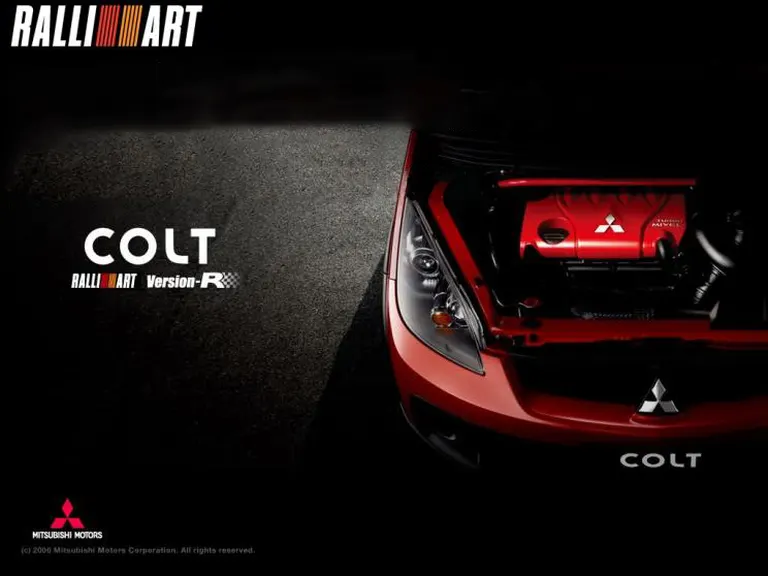
In addition, RALLIART also participated in rally and small field competitions held in Japan. In addition to the research and development of racing performance vehicles, Ralliart also launched upgraded parts for some models of Mitsubishi, as well as designed some living peripheral products. In 2010, Masao Taguchi, general manager of Ralliart, announced that due to the global economic downturn and poor overall sales of Mitsubishi Motor, the company closed the Ralliart sports department serving Mitsubishi for 26 years at the end of March.
Summary:
Mitsubishi RALLIART, the official sports department serving automobile rally events, has shown extraordinary strength in the world’s two rallies. Nowadays, with the rapid development of high technology, many brand models in the market have great strength. Those Japanese performance vehicles dominated by Mitsubishi EVO in the 1990s are no longer so popular, but don’t forget that these Japanese automobile manufacturers have their own stable position in the world, a large part of the reason is because they are struggling to study in various competitions. These valuable experiences have been transformed into mass production vehicles, presumably in exchange for durable quality.

